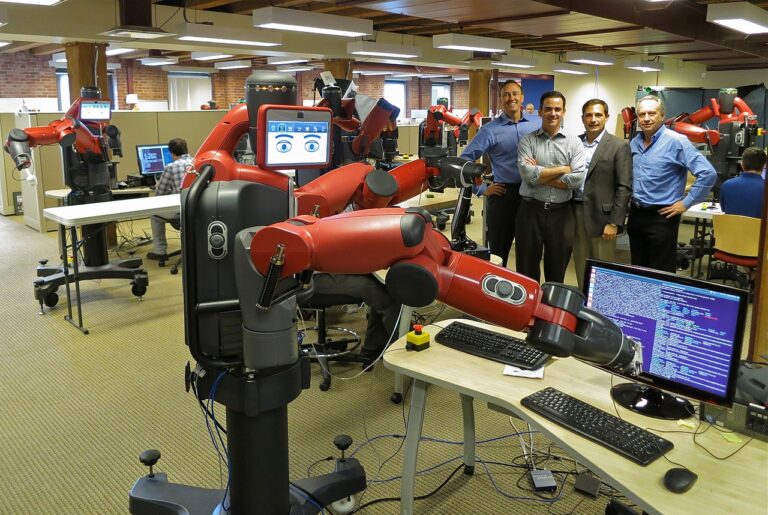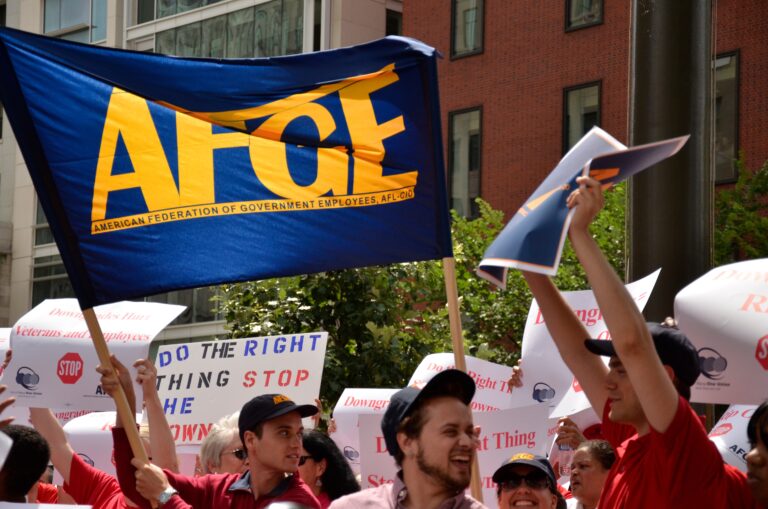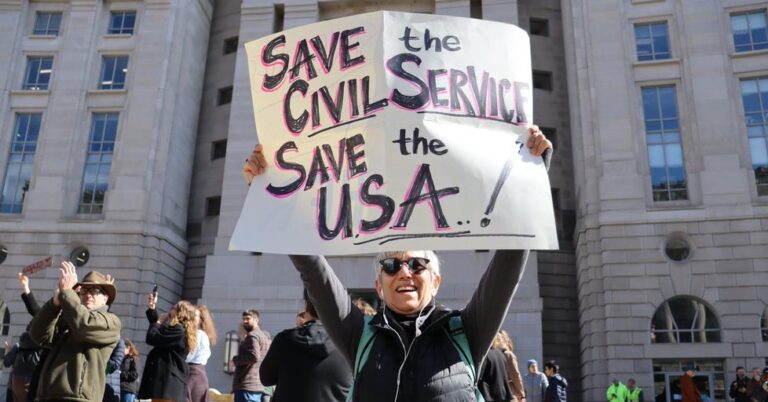Leora Smith is a student at Harvard Law School.
President Trump released his budget proposal yesterday and it includes deep cuts to almost every area of discretionary spending. Of seventeen spending categories only Defense, Homeland Security and Veterans Affairs have proposed increases. The budget proposal slashes funding to the Environmental Protection Agency by 31%, to the Department of Agriculture by 21%, and completely eliminates $3 billion dollars in grants for community programming that includes Meals on Wheels and other assistance to low-income communities.
President Trump’s budget proposal also includes a recommended 21%, or $2.5 billion, cut to the Department of Labor. The Washington Post reports that some of the programs proposed for elimination include the Senior Community Service Employment Program which helps people over the age of 55 living with low-incomes to find work, Job Corps which provides training to low-income youth, and technical assistance grants that help employers accommodate workers with disabilities. One program that the budget proposal recommends expanding is the Reemployment and Eligibility Assessment program that helps verify eligibility for unemployment benefits and helps “unemployed people find jobs more quickly.”
Sharon Block, Executive Director of the Labor and Worklife Program at Harvard Law School, outlines more of the proposal’s potential impacts on workers in Democracy. She writes, “For American workers who voted for President Trump because he ran on a promise to finally stand up for them, the outlines of the FY 2018 budget may come as a rather big shock.”
The Department of Agriculture reported this week that the Supplemental Nutrition Assistance Program (SNAP), formerly the Food Stamps Program, is increasingly being used by “working poor” families. In 1989 19.6% of households using Food Stamps had one or more employed member. in 2015 nearly 31.8% of households on SNAP assistance had one or more members working. In other words, more families receiving SNAP benefits are working, but making incomes so low that their earnings fail to put them over the threshold for assistance.
And JD Supra has a helpful debrief of a recent 11th Circuit case that held that Title VII can be applied to workplace discrimination based on gender-stereotyping, but not to workplace discrimination based on sexual orientation. While the EEOC extended Title VII protection to sexual orientation discrimination in their 2015 Baldwin v. Foxx ruling (stating that “sexual orientation is inherently a ‘sex-based consideration’ and an allegation of discrimination based on sexual orientation is necessarily an allegation of sex discrimination under Title VII”), no federal appeals court has yet followed suit. Both the 7th and 2nd Circuits are expected to issue decisions on this question soon.






Daily News & Commentary
Start your day with our roundup of the latest labor developments. See all
December 7
Philadelphia transit workers indicate that a strike is imminent; a federal judge temporarily blocks State Department layoffs; and Virginia lawmakers consider legislation to repeal the state’s “right to work” law.
December 5
Netflix set to acquire Warner Bros., Gen Z men are the most pro-union generation in history, and lawmakers introduce the “No Robot Bosses Act.”
December 4
Unionized journalists win arbitration concerning AI, Starbucks challenges two NLRB rulings in the Fifth Circuit, and Philadelphia transit workers resume contract negotiations.
December 3
The Trump administration seeks to appeal a federal judge’s order that protects the CBAs of employees within the federal workforce; the U.S. Department of Labor launches an initiative to investigate violations of the H-1B visa program; and a union files a petition to form a bargaining unit for employees at the Met.
December 2
Fourth Circuit rejects broad reading of NLRA’s managerial exception; OPM cancels reduced tuition program for federal employees; Starbucks will pay $39 million for violating New York City’s Fair Workweek law; Mamdani and Sanders join striking baristas outside a Brooklyn Starbucks.
December 1
California farmworkers defend state labor law, cities consider requiring companies to hire delivery drivers, Supreme Court takes FAA last-mile drivers case.